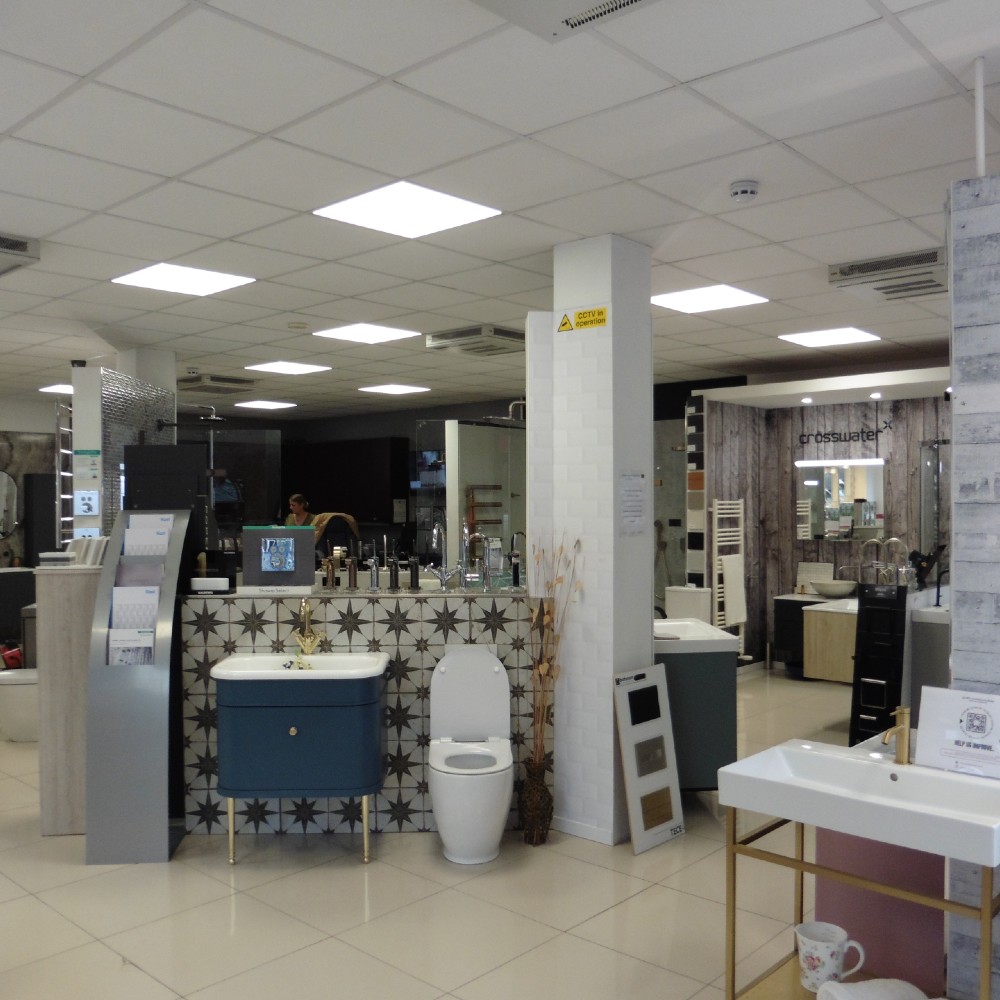Microwave Sensors
What are Microwave Sensors?
Microwave sensor-controlled lighting provides a highly efficient and reliable solution for modern lighting requirements.
Unlike passive infrared (PIR) sensors that operate within narrow beams, microwave sensors can scan a wide area of up to 15m in diameter using an ultra-low powered radar system. This allows them to detect even the slightest movements, such as a small hand gesture, and promptly switch on the lights as needed.

Key Benefits of Microwave Sensors
Firstly, it provides an exceptional user experience, allowing occupants to confidently navigate unlit areas knowing the lights will automatically activate. Secondly, it helps reduce energy consumption by ensuring lights are only on when necessary, minimising wastage. Finally, this efficiency translates to an overall lower environmental impact compared to traditional lighting systems.
Microwave Sensors vs PIR Sensors
Whereas PIR sensors can be frustrating due to delayed responses and limited detection ranges, microwave sensors present a superior alternative.
Their wide scanning coverage and sensitivity to minor movements make them a highly reliable and cost-effective solution for modern lighting requirements. This innovative technology truly represents a new level of efficiency never before seen in lighting control systems.
Example of what you can save
Your Existing Light Fitting |
Load in Watts |
Replacement |
Load |
Energy Saving |
|---|---|---|---|---|
|
600×600 Quad 18w T8 Fluorescent Panel |
82 |
LED Backlit Panel Low Glare Flicker 4000k Free 5 Year Warranty 30 – 50% reduction in Fittings |
36w |
82% |
|
T8 6’ 70w Twin Fluorescent |
161 |
LED Batten 140 L/W Low Glare 4000k 5 Year Warranty 30-50% |
27w |
90% |
|
Metal Halide 250w High Bay |
292 |
LED 150w Smart High Bay Disc 200L/W 30,000 Lumen (Typical reduction of units by 50%) |
150w |
75-88% |
|
Metal Halide 400w High Bay |
459 |
LED 150w Smart High Bay Disc 200L/W 30,000 Lumen (Typical reduction of units by 50%) |
150w |
75-84% |
Please call for more comparisons if your lights are not listed on free phone 0333 446084